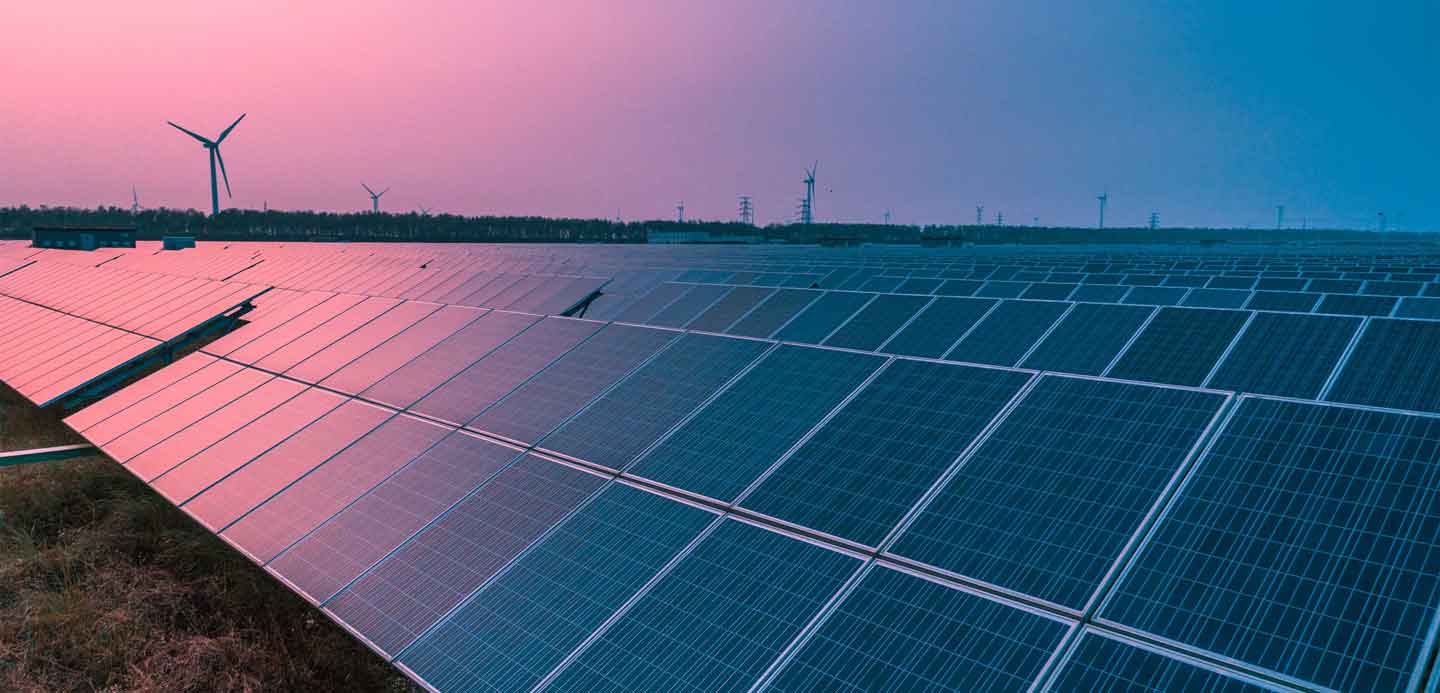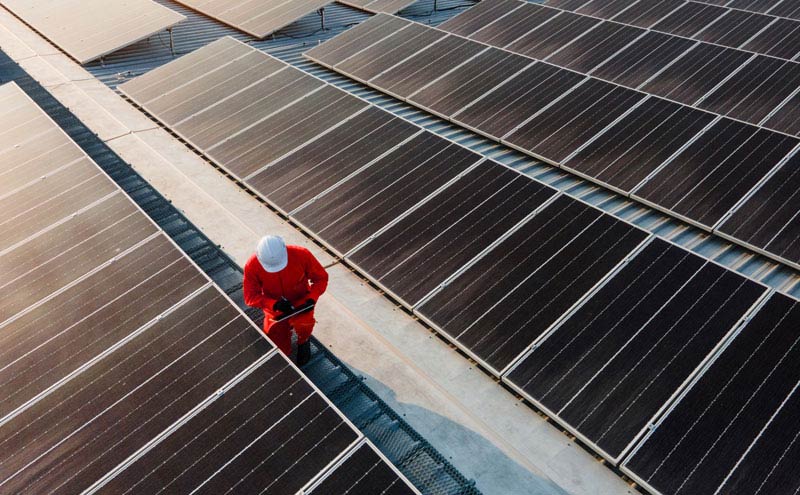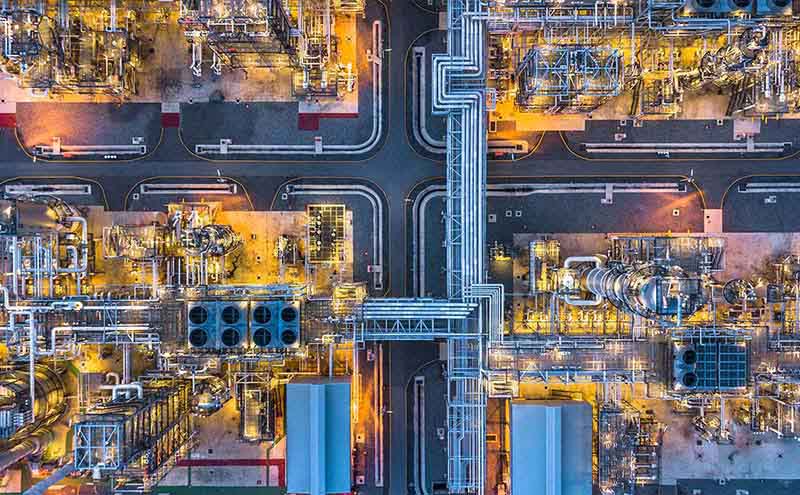As the world changes, we understand our customers in the UK have evolving needs to unlock transition and sustainability-linked growth opportunities with the help of our resources, tools, relationships and solutions. We're mobilising finance and investment to make this happen, working in partnership with our customers and those developing innovative climate solutions - in the areas of nature, clean technology and sustainable infrastructure.
Today, we finance a number of industries that significantly contribute to greenhouse gas emissions and we have a strategy to help our customers to reduce their emissions and to reduce our own. We're focused on supporting UK businesses across the ecosystem and helping to deliver a net zero global economy, leveraging our global scale, deep expertise and strong presence in emerging markets.








